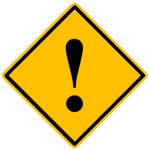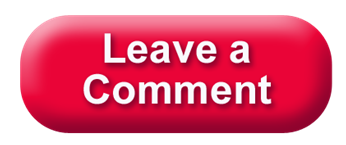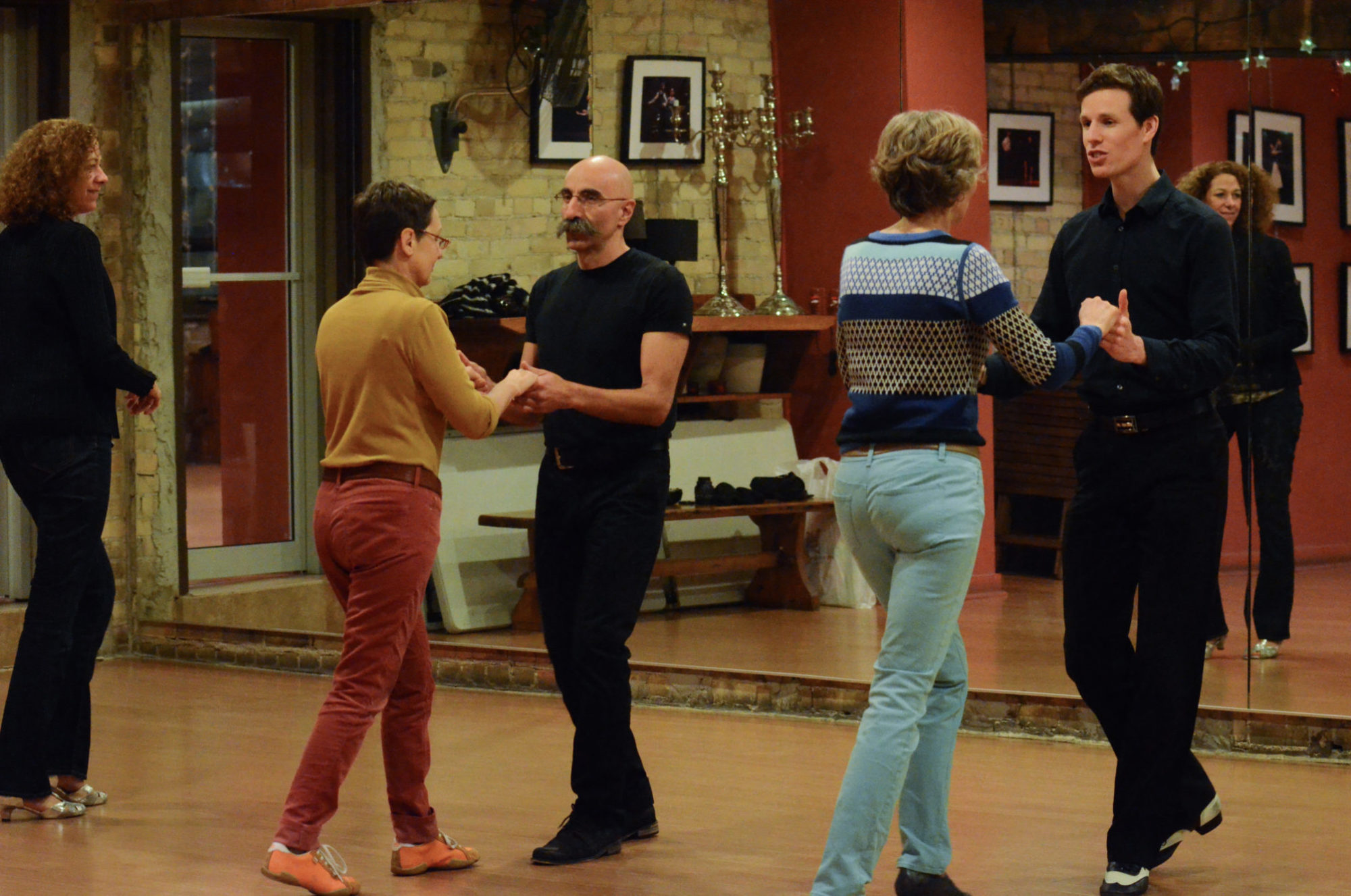We’ve already covered how crucial it is to stretch your muscles before you dance, to avoid benching yourself with an injury for weeks, or longer. Our muscles must also be strong enough to support the rather unusual positions we take on the floor. So, what are the most important ballroom dance muscles? And how do they help us move and look our best during our favourite song?
Legs - Quadriceps and Hamstrings
Every 2 minutes of slow waltz, you bend and straighten the knees about 60 times. The quads, which straighten and extend our legs, assist the hamstrings, which create the bending action. Strengthening the hamstrings can avoid the stiff-leg action that robs a dance of it’s smoothness. The quads must also be strong, to extend and create the beautiful ‘lines’ dancers gush over.
Core Muscles (Primarily abdominals)
The central dance muscles keep our lower and upper halves moving together as one unit. Non-dancers tend to have weaker abdominals, which allows the back muscles to pull the pelvis slightly back and arch the lower spine. Avoid comments about your butt sticking out by tightening the abs, countering the pull of the back and maintaining a neutral spine.
Chest - Pectorals and Trapezius
You’ll often hear instructors asking you to ‘open your chest’. This means lengthening the ‘pecs’, allowing the ribcage to open and your chest to puff out. At the same time, we must roll our shoulders back by tightening the ‘traps’. These muscles run down the back of the spine, and tightening them will feel like your shoulder blades are being pulled down and together, which supports your frame, and keeps you from dancing in ‘shrug’ position.

Take care you don’t arch the back to ‘help’ the shoulder blades and ribcage - you’re only putting unnecessary pressure on your spine by doing so.
Arms - Deltoids and Teres
Your shoulder muscles, especially the large deltoid on top, is tasked with keeping the arms elevated in their frame position. The Teres major and minor also support the deltas (you can feel them running under your arm, just outside your armpit). Weak dance muscles here will cause the arms to drop, or the upper trapezius may take over and pull your shoulders up to your ears.
These are just some of the most important muscles to pay attention to while we dance, to ensure correct posture without putting too much pressure on parts of our body that can’t handle it. Next week, we’ll peel off another layer of detail and look at some of the less common dance muscles that assist us with Cuban motion, floor connection, and other techniques.
 What dance muscle gets tired first when you dance?
What dance muscle gets tired first when you dance?

Thank you
:O)